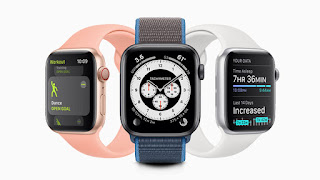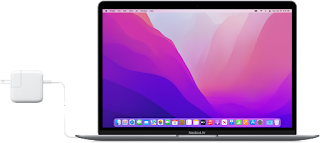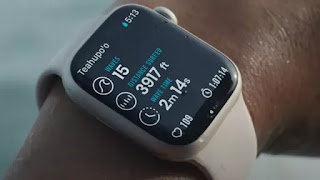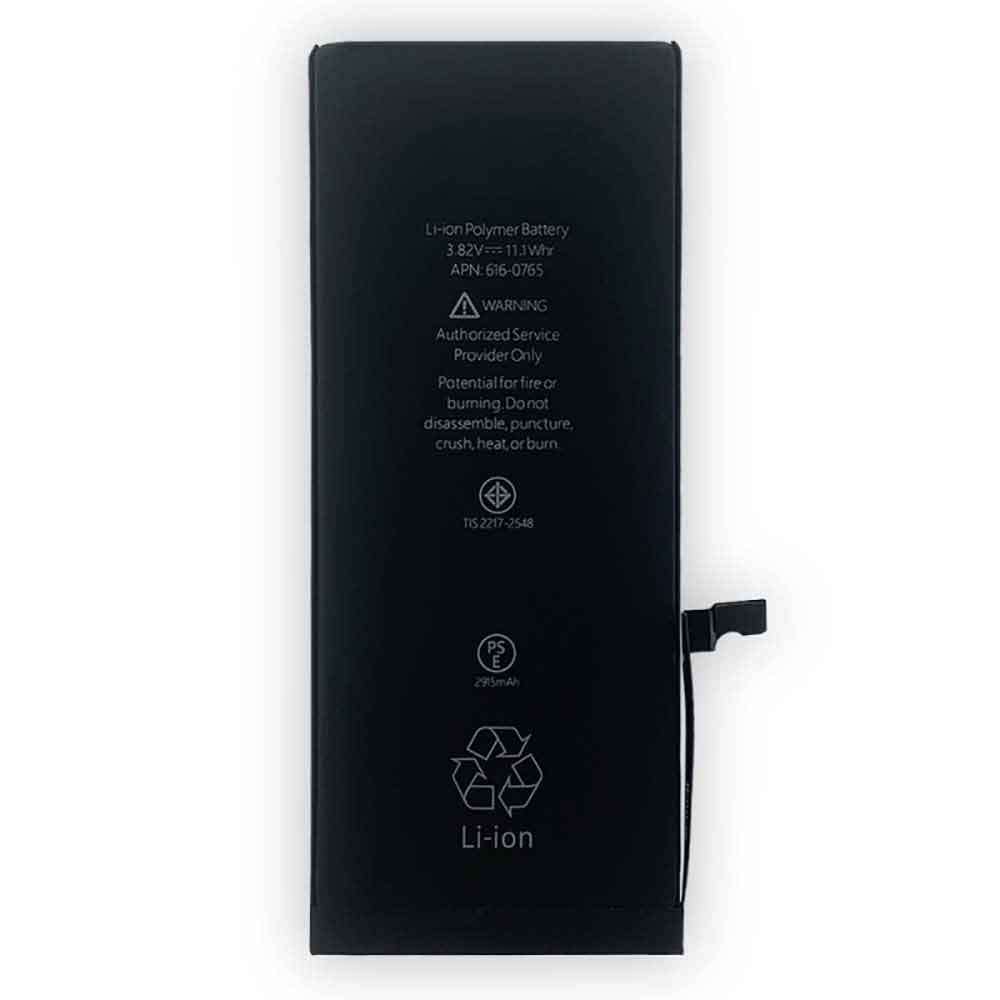Sudden and frequent Mac restarts, especially those accompanied by on-screen warnings, are known as kernel panics. This is the Microsoft equivalent of the Blue Screen of Death, and you’ll often see the “Your computer restarted because something went wrong” error when your machine restarts.
Many things can cause a kernel panic. It may indicate a hardware problem, such as RAM or CPU. Unreliable peripherals you connect to your Mac could also cause a kernel panic, or it could just be a case of running out of disk space. Kernel panics happen occasionally, but if you don’t encounter them often, you shouldn’t worry too much about it.

If your Mac experiences frequent kernel crashes, try the following possible fixes:
1. Remove any peripherals that may be causing the problem.
For example, if the panic only happens when your webcam is plugged in, run your machine without it for a week and see how it goes.
2. Check if you have enough free space.
If you need more space, you can delete files to create more
3. Run memtest86 to test your Mac’s memory.
You need to create a bootable USB flash drive and test your computer’s memory outside of the macOS environment. If you notice any problems with the RAM, you can try to replace it if possible.
4. Run the Apple Diagnostics.
To do this, hold down the D key while starting up your Mac and see if any hardware issues are detected.
5. Boot into Safe Mode.
Hold down the Shift key as the system starts to boot into Safe Mode. See if the problem still exists. Safe Mode excludes any third-party kernel extensions that might cause problems. It will also scan your volume for errors and fix anything it finds.
6. Reinstall macOS from scratch.
This is the nuclear option, but it may clear any software that is causing the problem.
battery life drops
Batteries don’t last forever. They all show signs of aging over time. Power issues can also indicate a problem with the System Management Controller (SMC). This chip in Intel-based Macs is responsible for low-level operations, including charging LED behavior and fan control.
If you notice battery issues, try the following possible fixes:
1. Check the health of the battery.
The most common cause of poor battery life is poor battery condition. Fortunately, macOS can tell you exactly the condition of your battery, how many charge and discharge cycles it has gone through, and whether it needs to be replaced.
2. Reset the System Management Controller (SMC).
If the battery is in good condition, resetting the SMC may resolve some power-related issues, such as a Mac that won’t charge.
3. Extend the battery power of your Mac.
This is a good idea if you frequently use your Mac for extended periods of time without mains power.
4. Adjust your habits when using battery power.
Launch Activity Monitor and click the Energy tab to see which apps are using your battery. Perform tasks like video and photo editing only when your Mac is plugged in. Use Safari to browse the web – it’s more efficient than Chrome or Firefox.
>>>>>>>>>>>>Mac battery
Thanks for reading, hope it helps!
Friendly reminder: If you need to replace the battery of your device, this battery store will be a good choice: www.batteryforpc.co.uk









